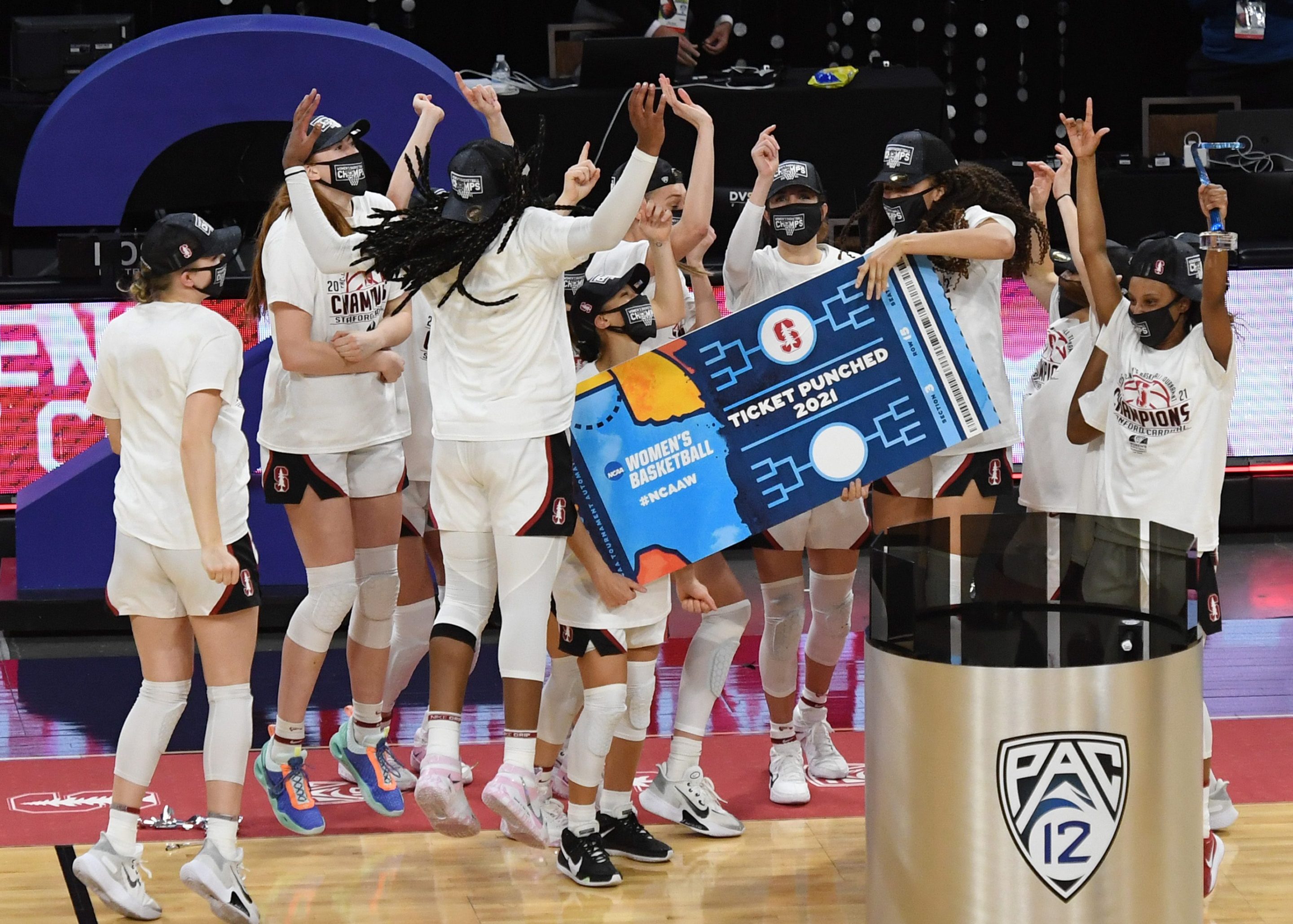“The women’s facilities are worse” might be the most dog-bites-man story in sports, but don’t discount a simple story’s power, especially when it comes with visuals. Locker rooms in disrepair or the national team’s turf coming apart at the seams; somewhere in Southern California, there’s a girls’ soccer field so shoddy that Bill Simmons says it cured him of sexism. The story works on a few levels: It conveys the personal, heartbreaking sting of being treated like a lesser. Lots of women who have played sports, even those who were never serious athletes, have their own childhood tales of exclusion. At the same time, it hints at bigger, obviously political battles for resources. That so many young women play and succeed in sports in America is very much a matter of public policy, the kind always being alluded to in these stories, whether consciously or not. It’s really no wonder that when word got out yesterday about the lesser weight training rooms, food, and swag bags being provided to women’s basketball players at the NCAA tournament—a social media drive kicked off by a Stanford sports performance coach's side-by-side photos of the women's and men's strength equipment—the NCAA quickly found itself with a crisis on its hands.
The NCAA isn't arguing with the accuracy of photos showing disparities between the weight facilities for men and women at March Madness.
— Molly Hensley-Clancy (@mollyhc) March 18, 2021
A rep told me the women's convention center is smaller and initially thought not to have space. Officials have now apparently found the space. pic.twitter.com/3Chlk0vbKd
Usually stories like these are met with blinkered arguments about revenue. Women athletes do not bring in as much money as men do, ergo, it is only correct that they be treated like afterthoughts. Here's an occasion on which that excuse definitely can't be used. We're talking about the NCAA, an organization whose party line is that all revenue is incidental to its primary mission of ensuring "the educational experience of the student-athlete is paramount." There's no defensible reason the NCAA's provisions for women and men should be any different, hence its feeble attempt to defend the screw-up. Lynn Holzman, the NCAA's vice president of women's basketball, sent around this statement:
We acknowledge that some of the amenities teams would typically have access to have not been as available inside the controlled environment. In part, this is due to the limited space and the original plan was to expand the workout area once additional space was available later in the tournament. However, we want to be responsive to the needs of our participating teams, and we are actively working to enhance existing resources at practice courts, including additional weight training equipment.
That's an "ah, fair, sorry we were caught" if there ever was one.
The fact that the organizers were caught at all, though, is an interesting reminder of the sort of college athlete's power the NCAA can't really curb in a situation like this: the power of optics, which women athletes are often forced to wield for lack of more material weapons. In fact, watch as Oregon center Sedona Prince uses it expertly to dispute the bit about "limited space" in the NCAA's statement and to tell them very politely to go to hell:
Let me put it on Twitter too cause this needs the attention pic.twitter.com/t0DWKL2YHR
— Sedona Prince (@sedonaprince_) March 19, 2021






